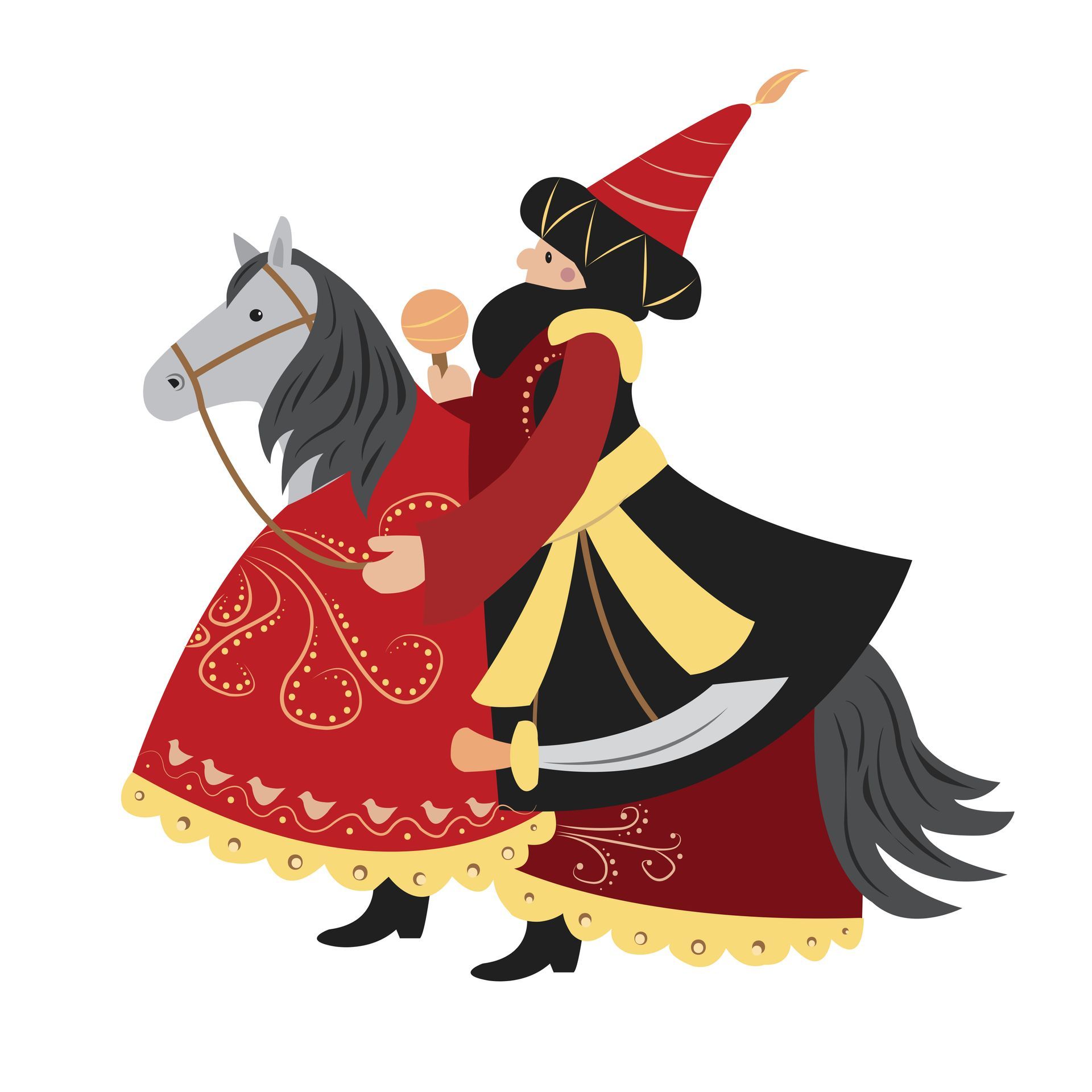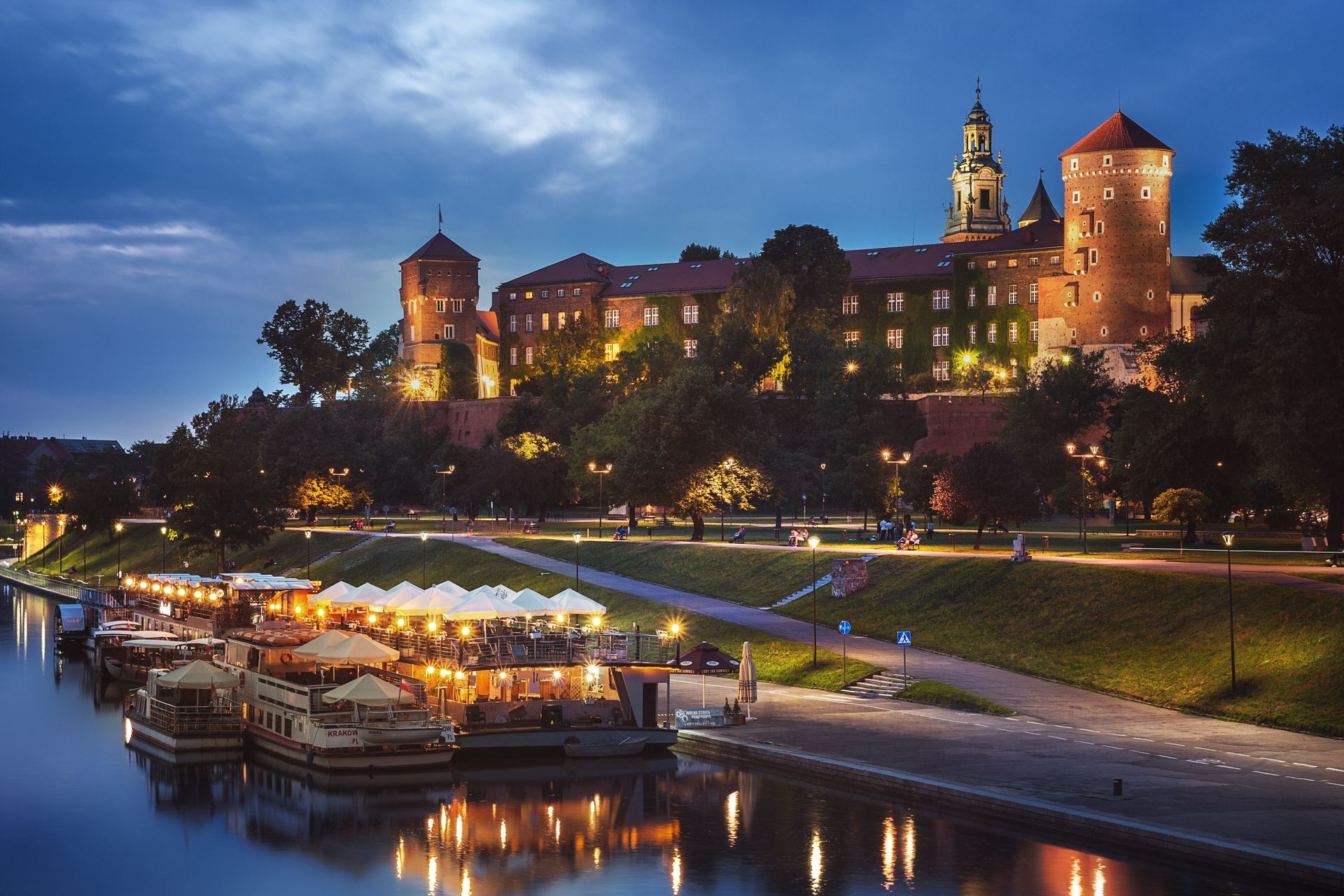The beginning of spring and farewell to the cold
In just a few days, on March 21, we will welcome spring in Poland.
Join us in this special time!
In different parts of the world, this time is celebrated in different forms, but they all have one thing in common. Farewell to winter and enjoy the coming spring full of harvest. In Poland, we celebrate the first day of spring on March 21st. If you want to find out what kind of traditions are in Poland, be sure to read this post. Before we begin be aware of the weather during polish spring as it is unpredictable. One day there can be a heavy snowstorm and everything is covered in white. The next day can be sunny and warm and everything begins to melt. There is a Polish saying "W marcu jak w garncu," which is equivalent to "March comes in like a lion and goes out like lamb". Now that you know all basics we can move to the polish traditions.
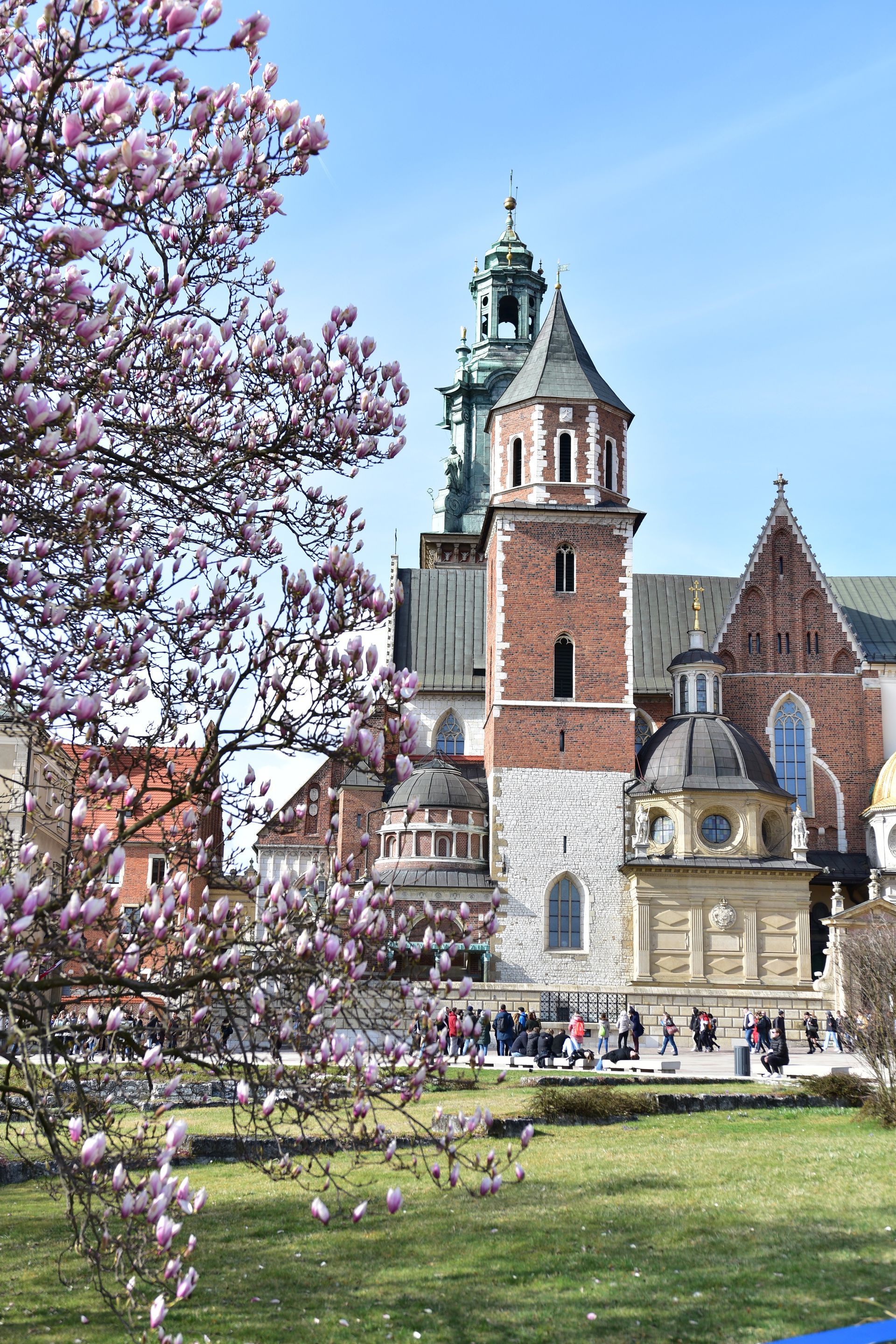
There are many traditions associated with the spring solstice. The culture of the Slavs was characterized by a large number of joyful holidays and looking for occasions to celebrate. Any reason was good to celebrate, and the end of winter was the perfect reason to rejoice. Winter is associated with hunger, cold, and death. Over time, whole cycles of folk traditions, magical rites, and customs related to saying goodbye to winter grew out of it. One such cycle of rituals was called Jare Gody. Jare Gody was a time during which the Slavic god called Jarun or Jaryło was worshiped and that's where the name comes from. It was a cycle of saying goodbye to winter and hello to spring. Some of the traditions can still be seen today. Partly on the first day of spring, and partly as an Easter tradition (to read more about the Easter part expect another post dedicated only to these traditions soon).
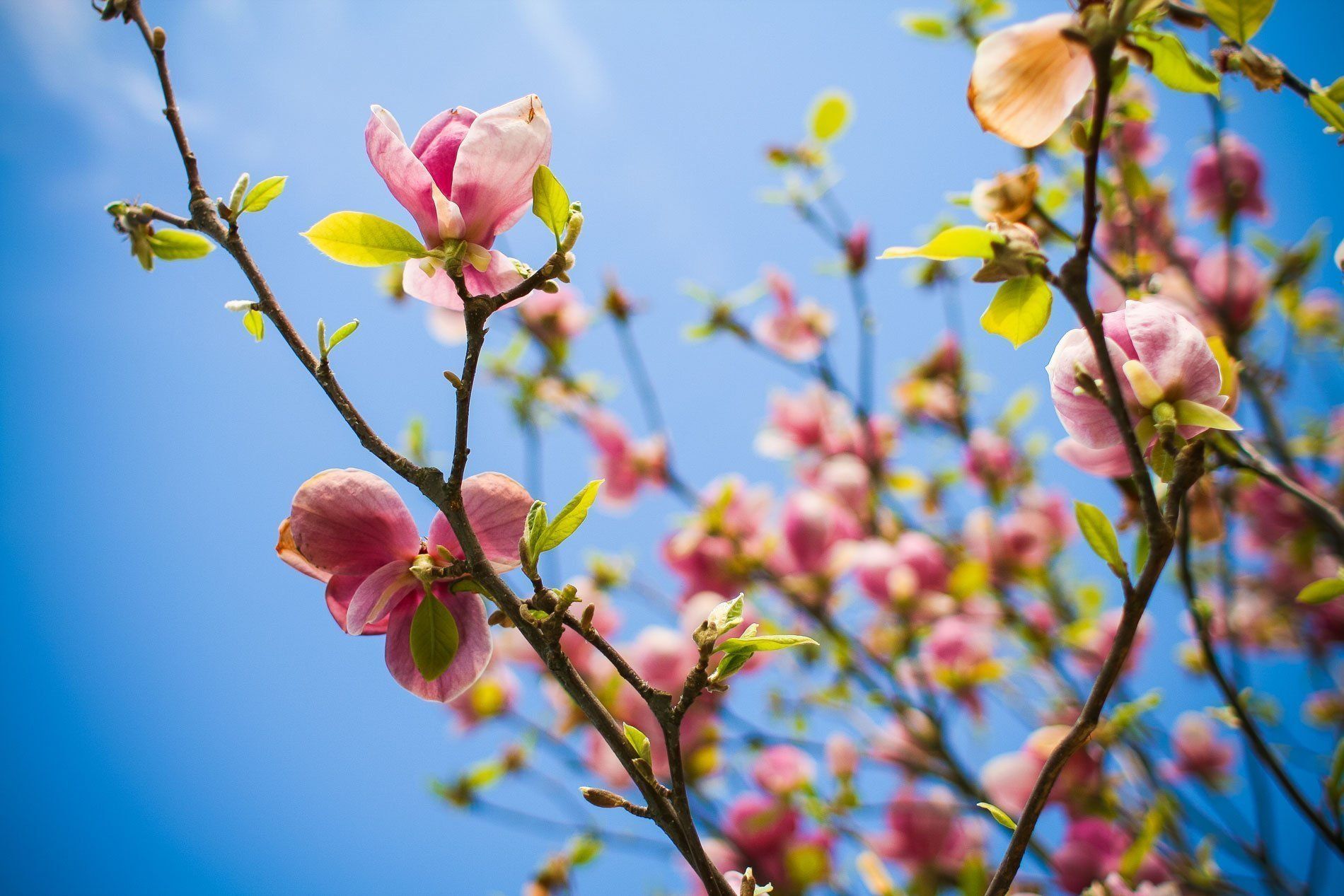
An example of tradition, that comes from Slavic pagan beliefs and is associated with Jare Gody is the tradition of drowning Marzanna. Marzanna was supposed to personify the goddess of death, who was symbolically carried out and burned or drowned.
Marzanna's death symbolizes the end of winter and the beginning of spring when nature awakens to life after the frost. Today, children make puppets and on March 21st, the first day of spring, they drown them in rivers and lakes. In some regions, the effigy is burned first and then drowned, in others burning is omitted. Various superstitions are associated with Marzanna's drowning, also today: you must not touch the effigy floating in the water, because it can cause your hand to wither, looking back on the way back can cause illness, and a trip and fall - death within the next year. It is especially worth going for a walk along the Vistula on March 21st. Perhaps you will see this unique farewell to winter.
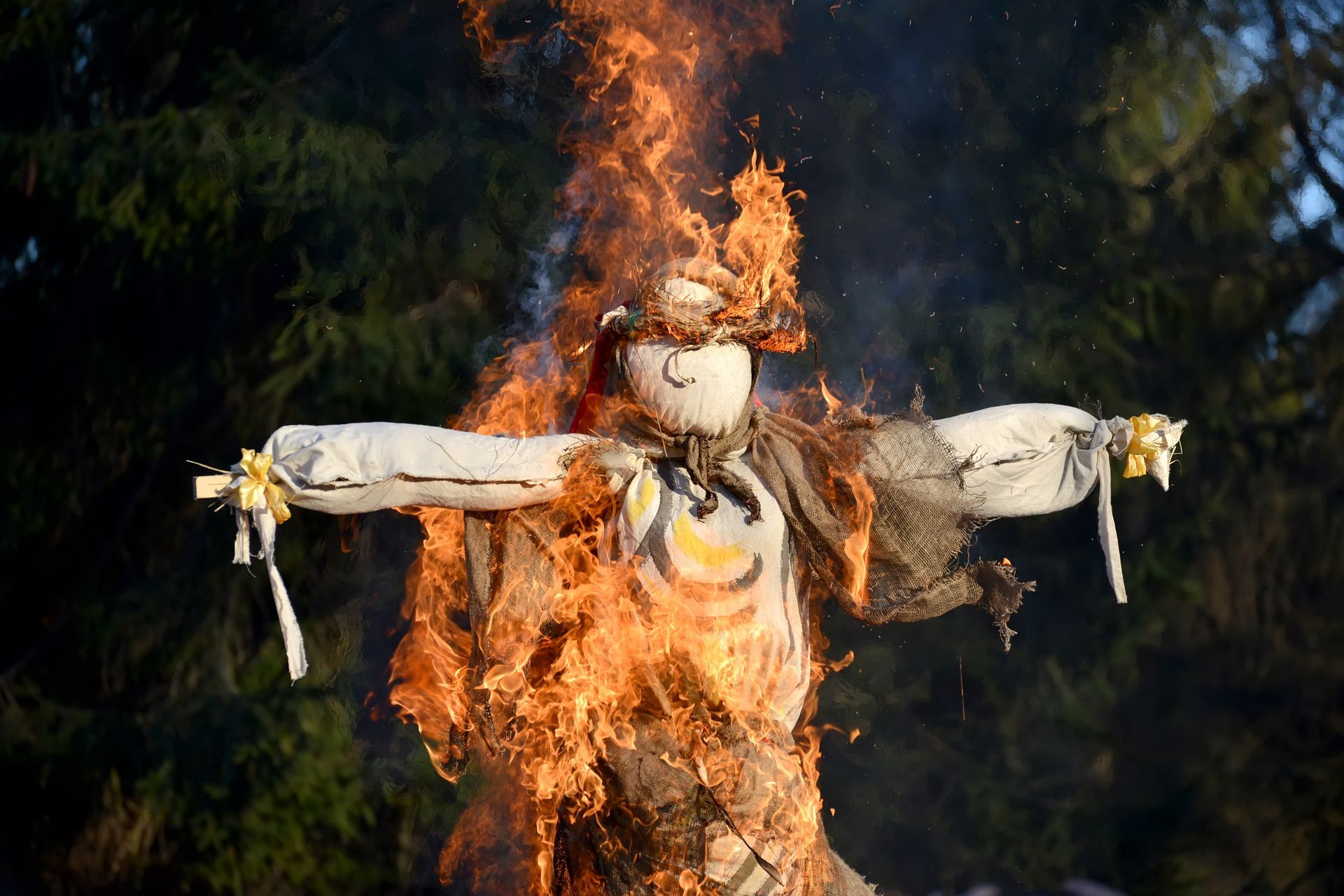
The beginning of spring means the first blast of warm air and nice weather. Everyone likes to spend time outdoors and catch the rays of the sun. Pupils and students also want to enjoy the weather. The tradition of skipping school on the first day of spring has become so common and popular among pupils and students that it started an unofficial holiday. The first day of spring is a Truant Day in Poland. Truancy is forbidden in Poland and to encourage students to stay that day at school, trips and various attractions are organized. Teachers usually conduct less important classes then. Often on this day, there are performances or other attractions related to the first day of spring. It is not a statutory day off from school, but due to the celebration of this day, many students take time off and play truant.
What do You think of Poland's first day of spring traditions? Which one would You like to take part in?
Magnetic Tours




